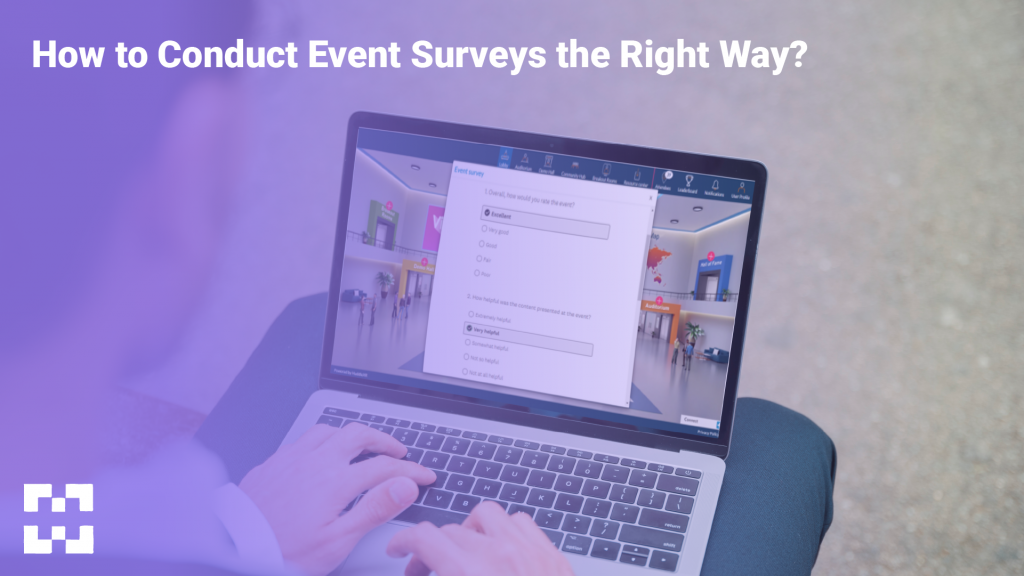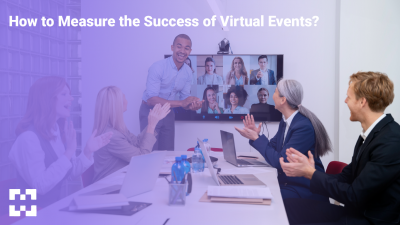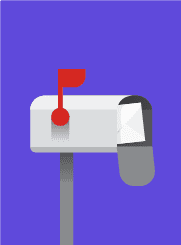
Learn the art of conducting event surveys correctly to gather valuable insights and drive event success. Discover best practices for survey design, timing, delivery channels, and analysis.
In the world of events, feedback is paramount. Event surveys serve as a powerful tool for gathering valuable insights, measuring attendee satisfaction, and identifying areas for improvement. However, the effectiveness of event surveys lies not only in their execution but also in their design and implementation. To ensure that you gather accurate and actionable feedback, it is crucial to take event surveys the right way. This blog post will explore best practices and strategies for conducting event surveys that yield meaningful results. You can use the Best Platform to Host Virtual Event like HuddleXR for the in-event survey. From survey design to timing and analysis, we will guide you through maximizing the value of your event surveys.
Maximizing the Value of Your Event Surveys
Define Clear Objectives and Questions
Before launching an event survey, it is essential to define clear objectives. Ask yourself: What insights do you hope to gain from the survey? Are you looking to evaluate overall attendee satisfaction, measure specific aspects of the event, or gather feedback on individual sessions or speakers? Once you clearly understand your objectives, craft questions that align with your goals. Be concise and specific, and avoid leading or biased questions. Aim for a mix of multiple-choice questions, Likert scale questions, and open-ended questions to capture a comprehensive range of feedback.
Timing Is Key
Timing plays a crucial role in the success of your event survey. Consider launching the survey shortly after the event concludes while the experience is still fresh in attendees’ minds. Waiting too long may result in reduced response rates and potential recall bias. Strike a balance between allowing enough time for attendees to process their experience and capturing feedback while the event is still top of mind. Additionally, consider segmenting your survey, sending follow-up surveys to specific attendee groups, or after specific sessions to gather targeted feedback.
Optimize Survey Delivery Channels
Choosing the right delivery channels for your event survey is essential to maximize response rates. Leverage platforms such as email, event management systems, or dedicated survey tools to distribute your survey effectively. Ensure the survey is easily accessible, mobile-friendly, and compatible with various devices and operating systems. Additionally, consider embedding the survey within post-event communication or incorporating it into a post-event feedback landing page to streamline the process and encourage participation.
Incentivize and Encourage Participation
To boost response rates, consider incentivizing attendees to complete the survey. Offer small rewards, such as discounts on future events, exclusive content, or entry into a prize draw, to motivate participants. Communicate the value of their feedback and emphasize how it will shape future event experiences. Additionally, leverage social media channels and event communities to remind and encourage attendees to take the survey. Promote the survey as an opportunity for attendees to have their voices heard and contribute to improving future events.
Analyze and Act on Feedback
Once you’ve collected the survey responses, analyze the data to extract meaningful insights. Look for patterns, trends, and areas of consensus or contention. Quantitative data can provide statistical insights, while qualitative responses can offer rich contextual information. Identify key takeaways and prioritize actionable feedback that can drive improvements for future events. Share the survey findings with stakeholders, event organizers, and relevant teams, and develop an action plan to address the identified areas for improvement. Communicate the changes made based on attendee feedback to demonstrate their opinions are valued and acted upon.
Use a Mix of Rating Scales and Open-Ended Questions
When designing your event survey, strike a balance between quantitative and qualitative feedback. Include rating scales or Likert-type questions to measure satisfaction levels and gather numerical data. These questions allow attendees to rate various aspects of the event on a scale, providing a standardized way to measure their experiences. Additionally, incorporate open-ended questions to allow attendees to provide detailed feedback, share suggestions, or elaborate on their ratings. Open-ended questions provide valuable qualitative insights, uncovering specific areas for improvement or highlighting exceptional aspects of the event that may have gone unnoticed. This combination of rating scales and open-ended questions provides a comprehensive understanding of attendee experiences.
Keep Surveys Short and Easy to Complete
In today’s fast-paced world, attention spans are shorter than ever. To maximize survey completion rates, keep your event survey short. Avoid overwhelming participants with lengthy questionnaires that may discourage their participation. Focus on gathering the most important feedback by asking targeted questions. Be mindful of the time it takes to complete the survey, and aim to keep it under 10 minutes. Additionally, use clear and simple language in your survey to ensure ease of understanding. Consider using visual elements, such as icons or images, to enhance the survey’s visual appeal and make it more engaging for participants.
Follow Up and Communicate Survey Results
Once you have analyzed the survey data and drawn meaningful insights, following up with your attendees and communicating the survey results is important. Please provide a summary of the survey findings to all participants, demonstrating that their feedback has been heard and valued. Share both the positive aspects and the areas identified for improvement. This transparent approach reinforces the importance of attendee feedback and helps build trust and credibility. Additionally, communicate the actions based on the survey results, showing attendees how their feedback has directly influenced changes and improvements in future events. This follow-up and communication process closes the feedback loop and helps create a culture of continuous improvement and accountability.
Conclusion
Event surveys are a valuable tool for capturing attendee feedback and shaping future event experiences. By following best practices such as defining clear objectives, timing the survey appropriately, optimizing delivery channels, incentivizing participation, and analyzing feedback effectively, you can conduct event surveys that yield meaningful and actionable insights. Remember, the true value of event surveys lies not just in collecting data but also in using that data to drive continuous improvement and deliver exceptional event experiences.







